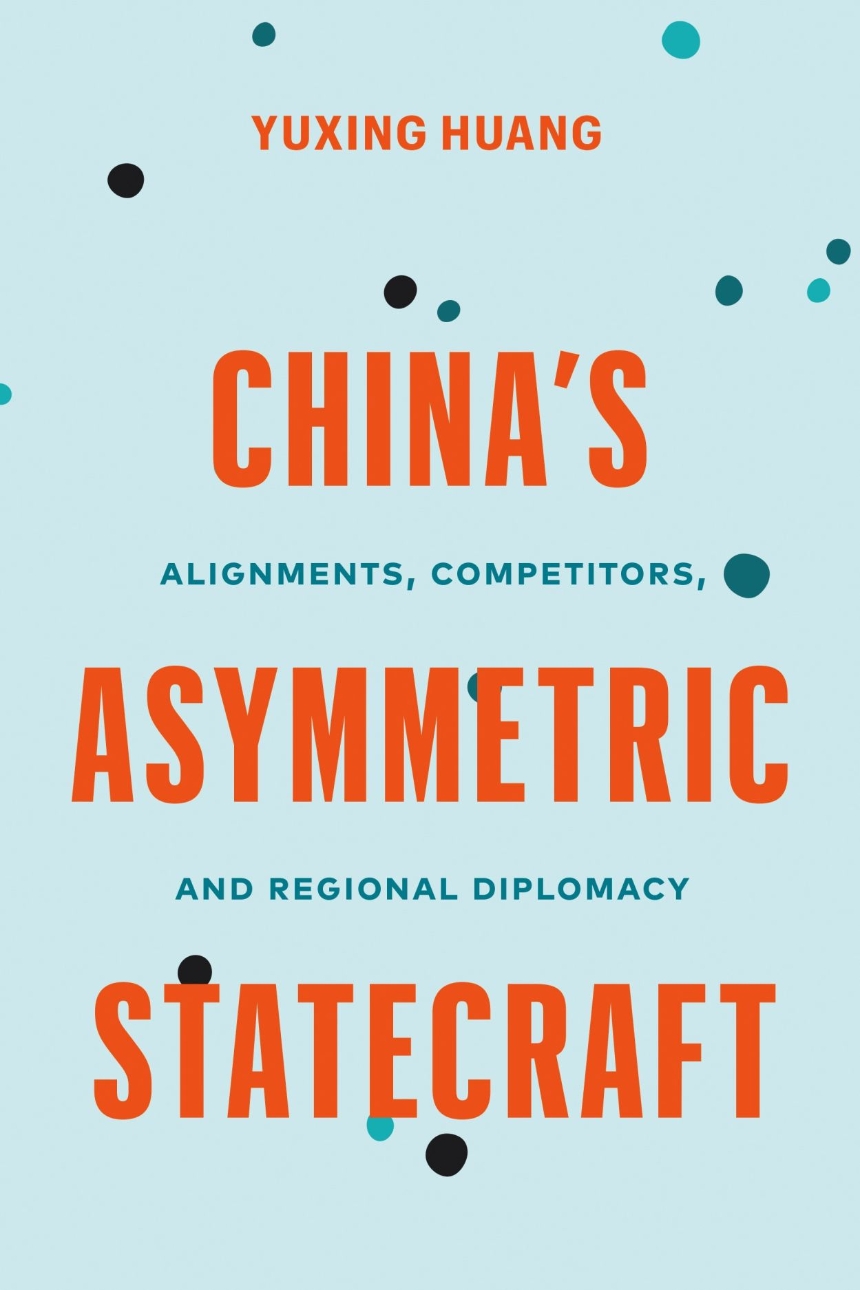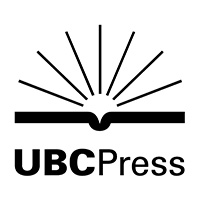University of British Columbia Press
China’s Asymmetric Statecraft
Alignments, Competitors, and Regional Diplomacy
Distributed for University of British Columbia Press
China’s Asymmetric Statecraft
Alignments, Competitors, and Regional Diplomacy
An astute examination of China's foreign policy and what it means for the future of its international relationships.
China is not only a great power but, often, an opaque one. What does its regional diplomacy tell us about the country’s geopolitical position and ambitions, and what patterns does it reveal?
Building from international relations theories focused on how external threats, domestic politics, and ideology influence foreign policy, Yuxing Huang puts forward a nuanced argument. He suggests that in an environment of numerous regional competitors and alignments, China has developed a form of asymmetric statecraft toward its many weaker neighbors. In the South China Sea, it maintains a uniform strategy toward Vietnam, the Philippines, and Malaysia. Whereas in South Asia, it practices selective strategies to maintain the status quo with India and to enhance Pakistan’s position.
Drawing on extensive archival sources, this perceptive interpretation of the different narratives and paradigms that constitute China’s foreign policy alerts us to the potential future of its diplomatic endeavors in a dramatically changing international environment.
296 pages | 32 tables | 6 x 9 | © 2023
Asian Studies: East Asia
History: Asian History
Political Science: Diplomacy, Foreign Policy, and International Relations

